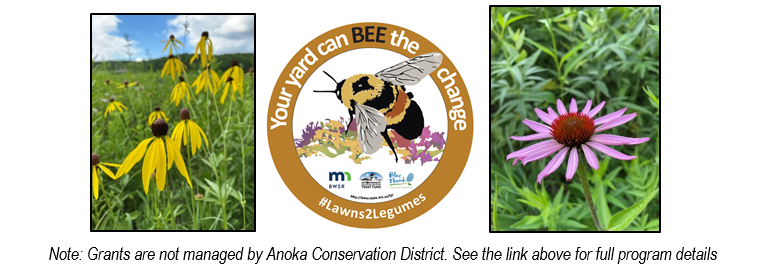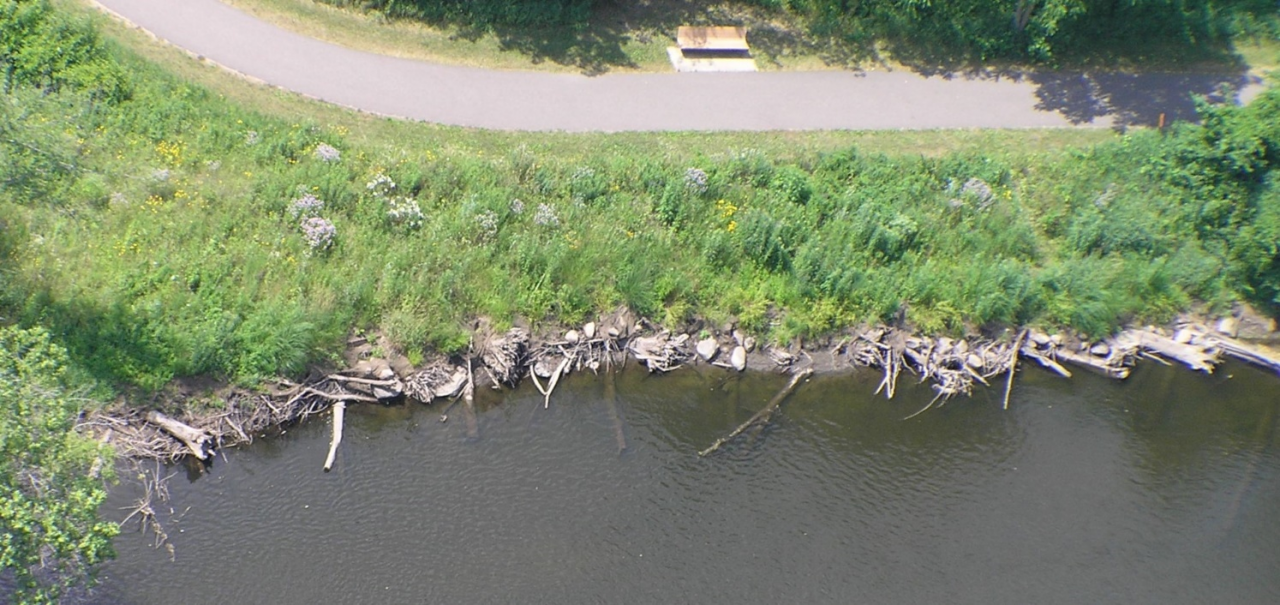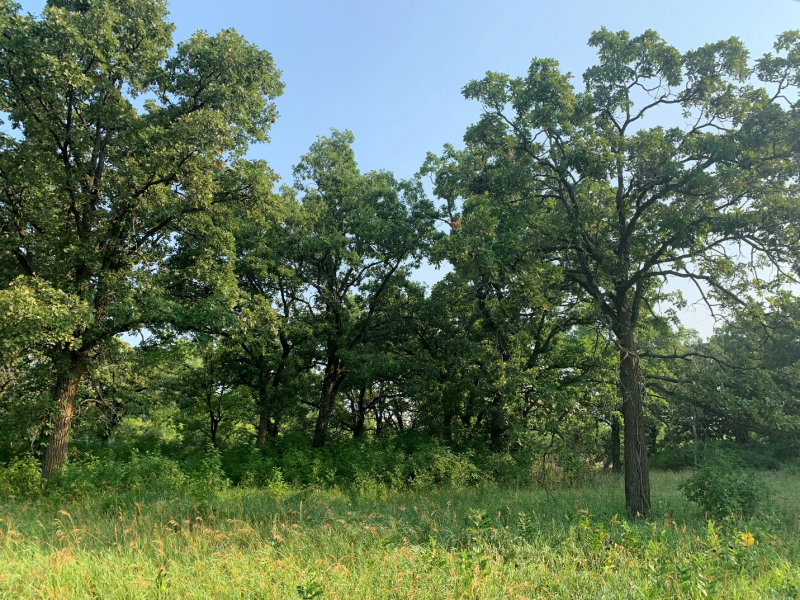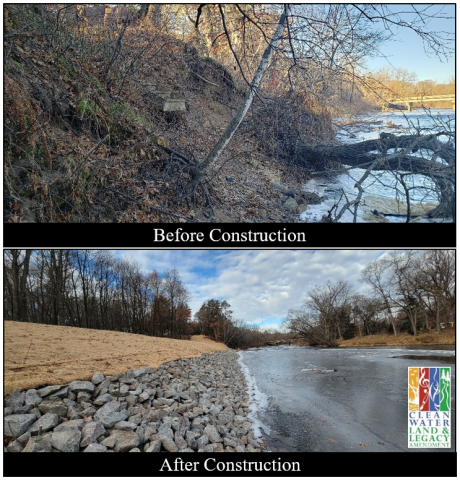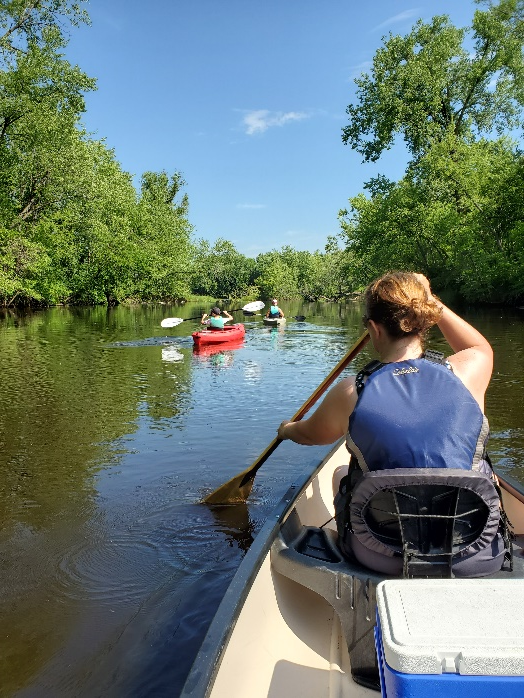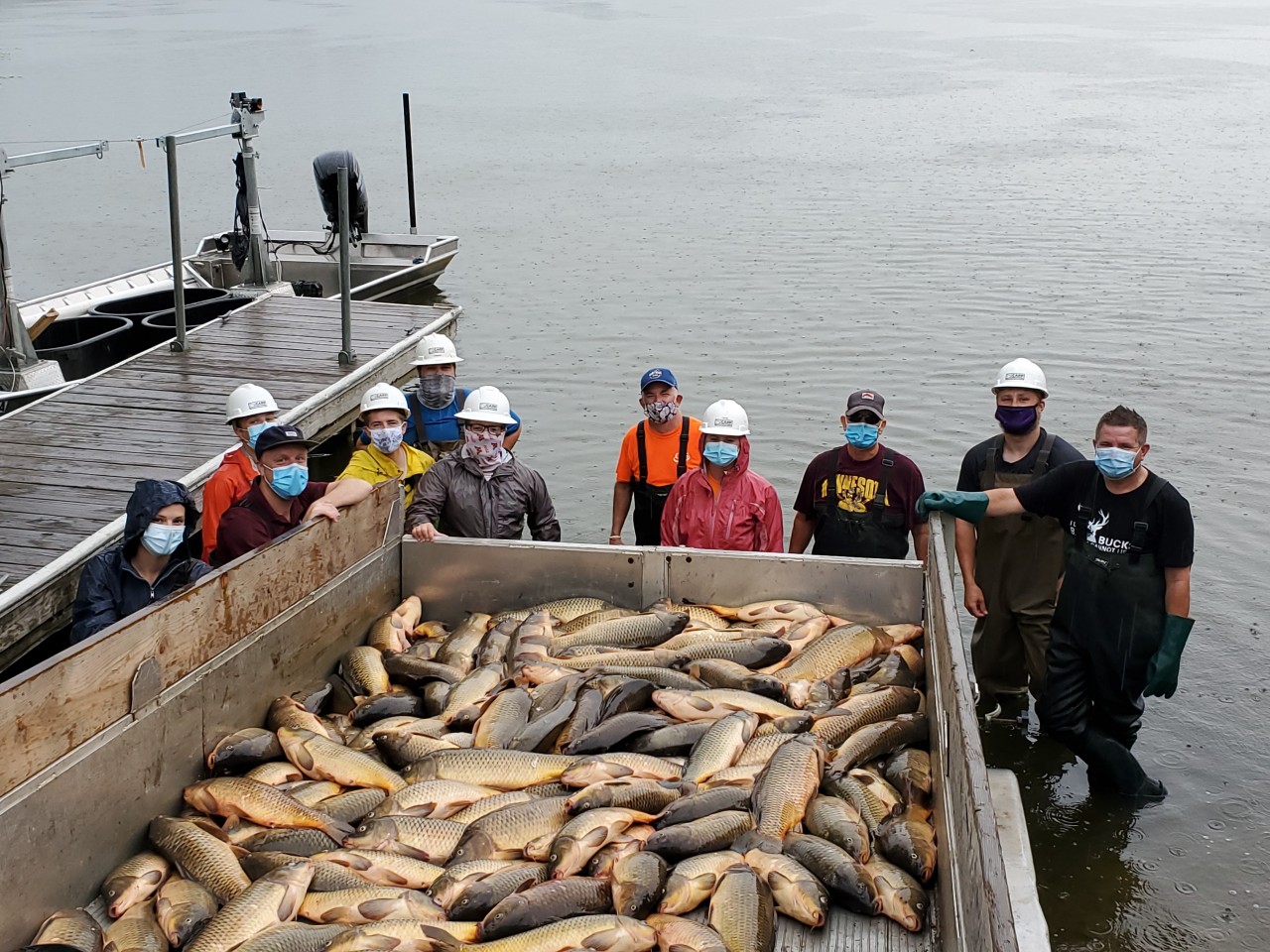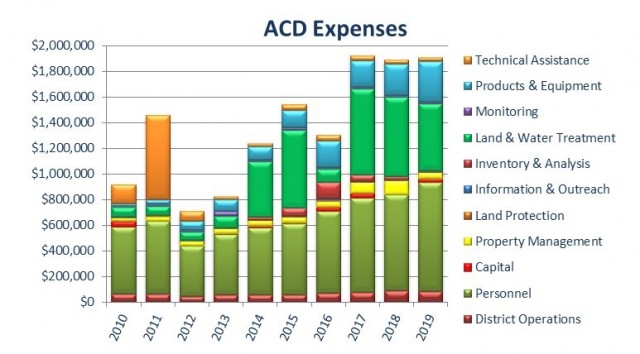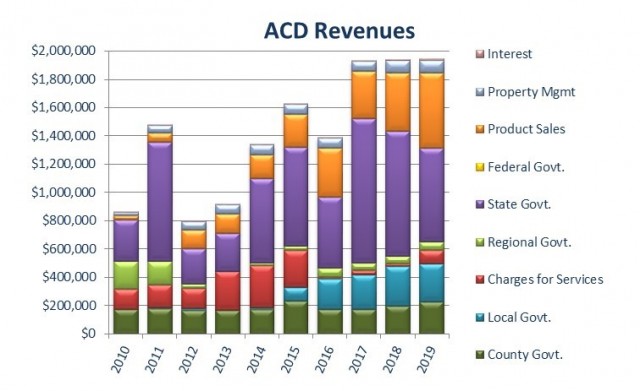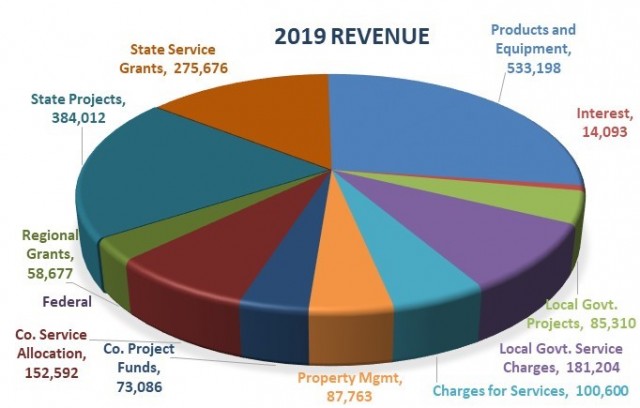This spring, long time Martin Lake residents Wally and Nancy Olson challenged the other members of their lake associations: donate $3,000 for lake water quality improvement and we'll match it. In just a few weeks $3,600 in donations poured in, including 21 households that donated $100 or more. Total funds raised was $6,600. This followed a similar challenge and response in 2020.
The funds will go into the lake association's Water Quality Fund. In the past, this money has been used for a variety of projects including rain gardens, stormwater ponds, carp management, and aquatic invasive species prevention. In nearly every case the lake association and its partners have used the funds as match for grants, multiplying their cash by 4x to 10x.
Some of the money raised by the Martin Lakers is being used as matching funds toward a new grant secured from the Anoka County Aquatic Invasive Species Prevention Program for radio tagging carp. Linwood, Typo, and Martin Lake are each receiving $3,000 for carp management from the AIS Prevention Program. The lakes are part of a chain of lakes with active carp management led by the Anoka Conservation District. Carp are being removed where they are abundant, and harmful to water quality and habitat.
Along with matching funds from the Martin Lakers, the grants were supported by $750 in matching funds from the Linwood Lake Improvement Association and Sunrise River Watershed Management Organization.
